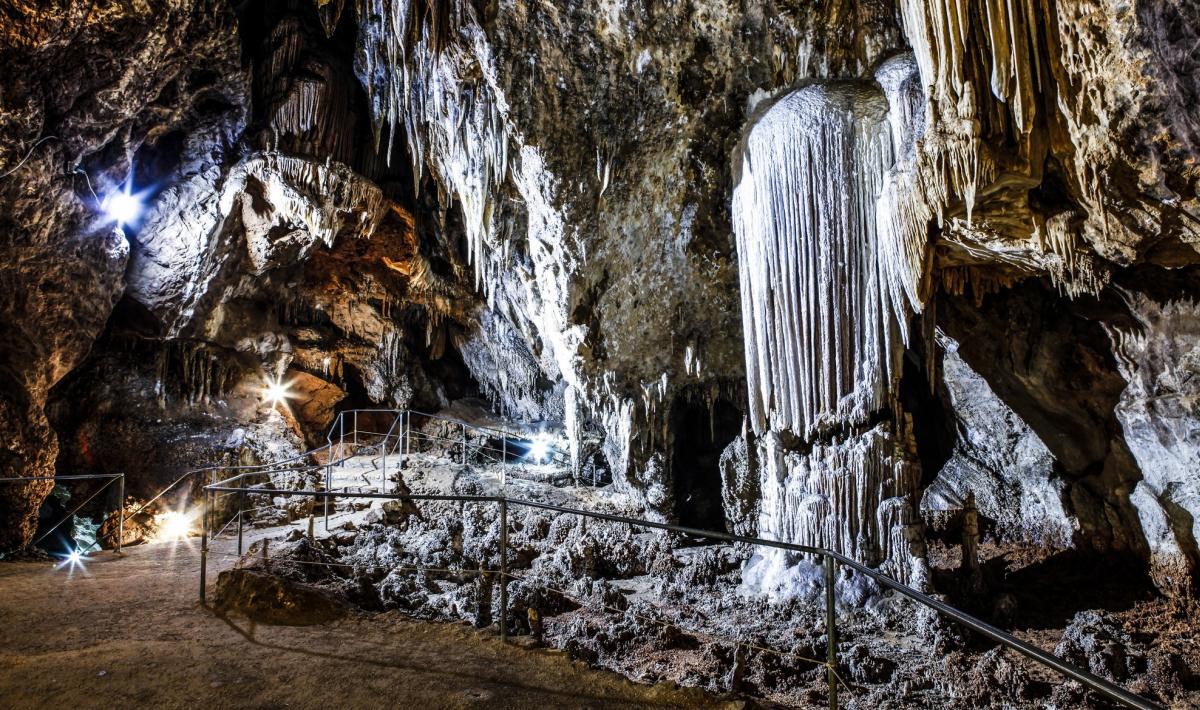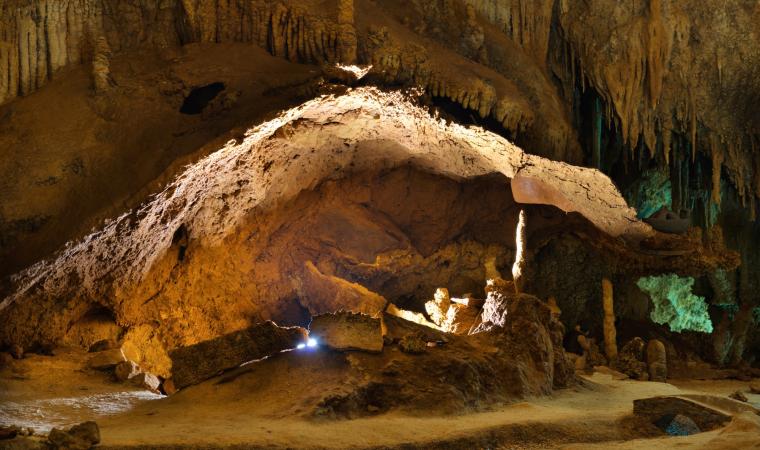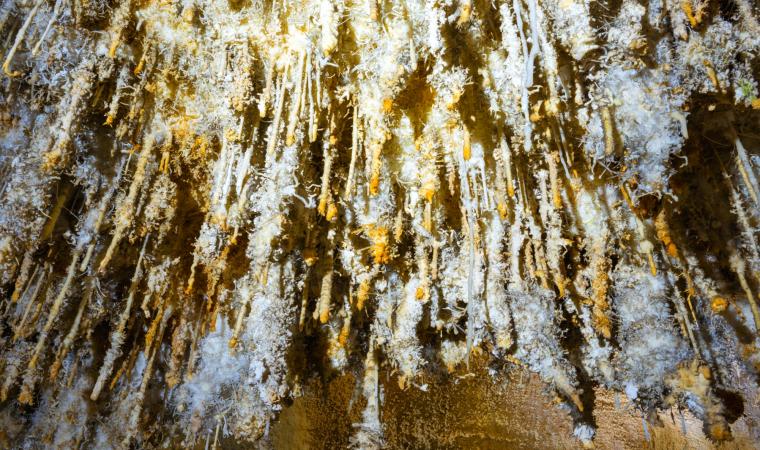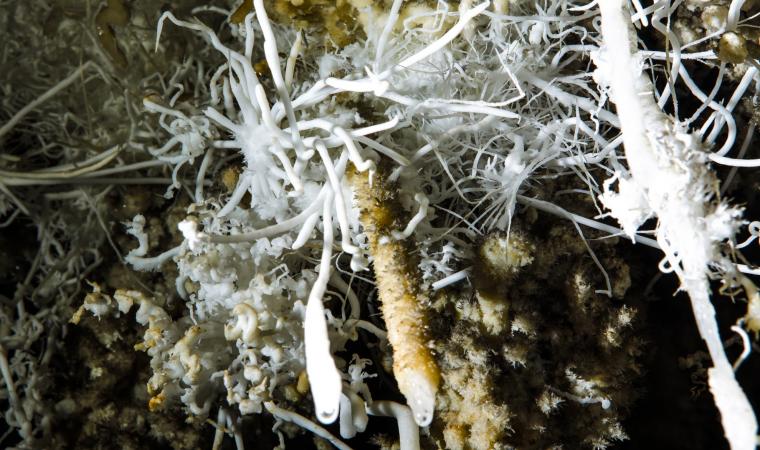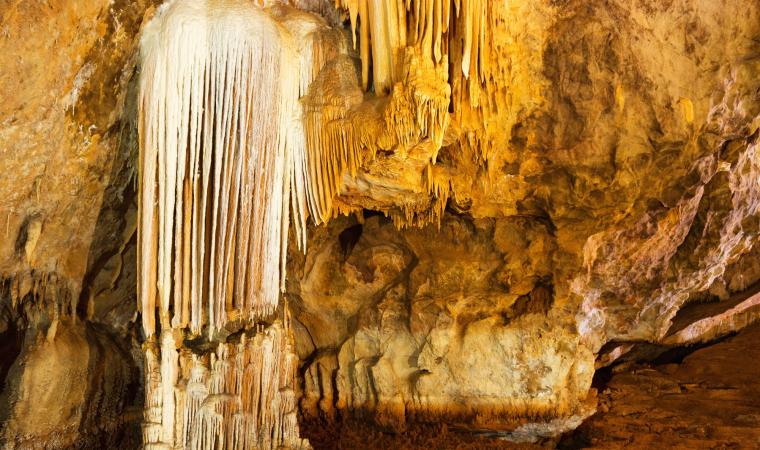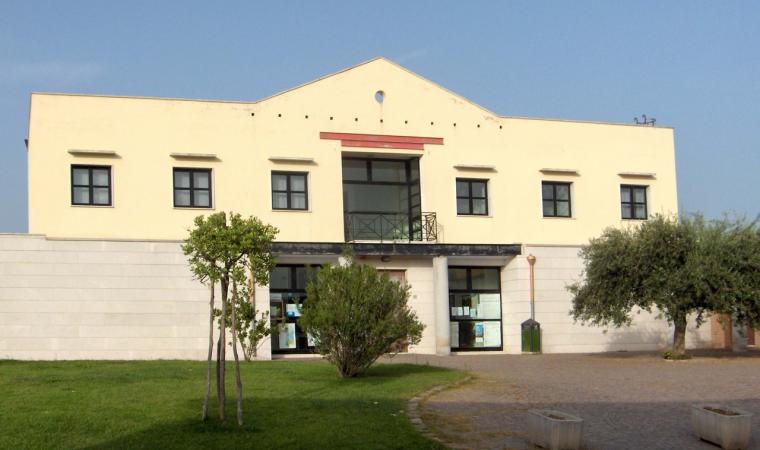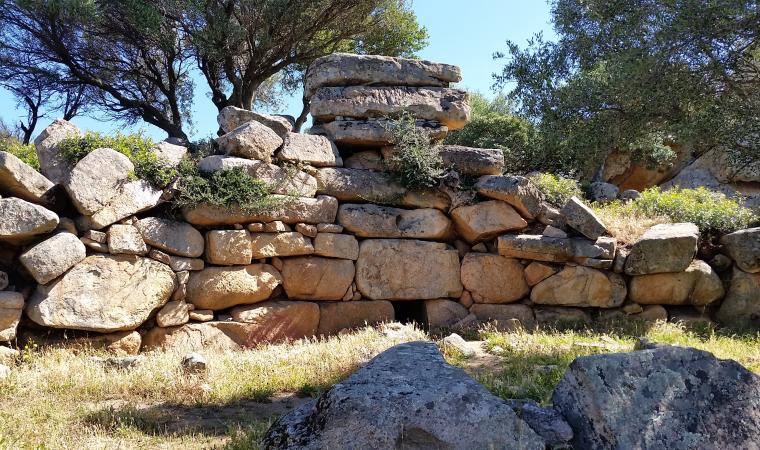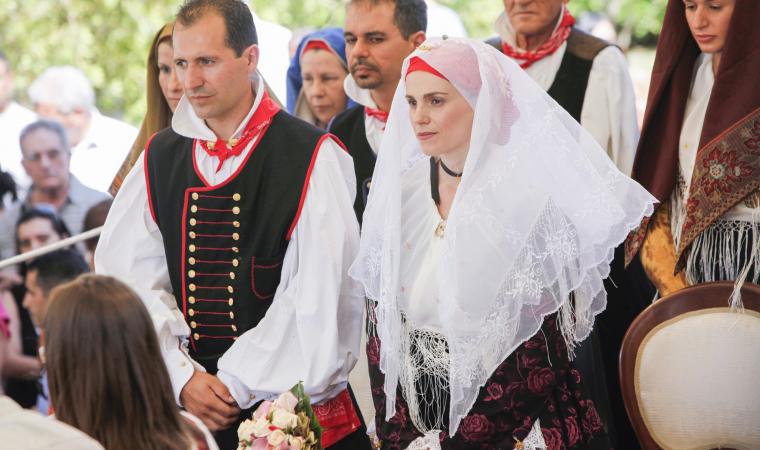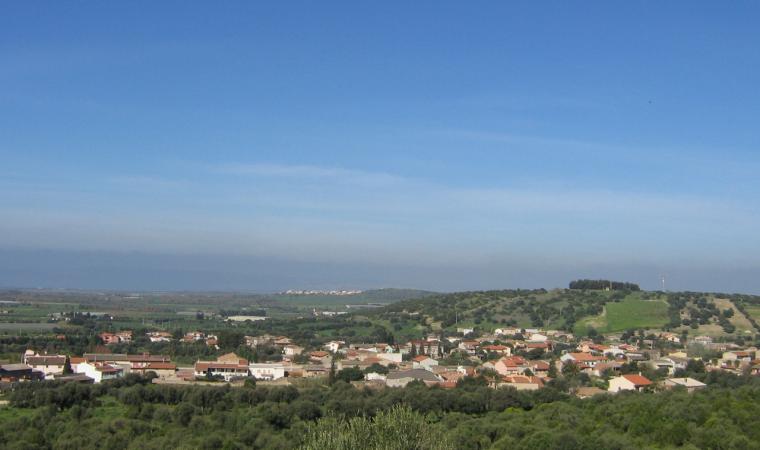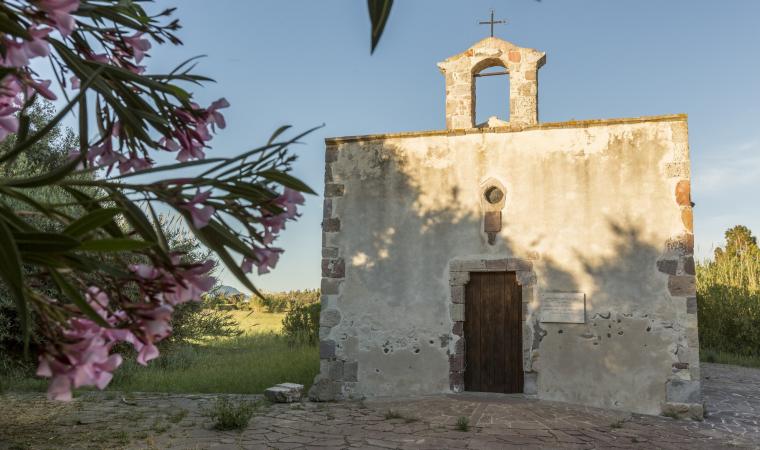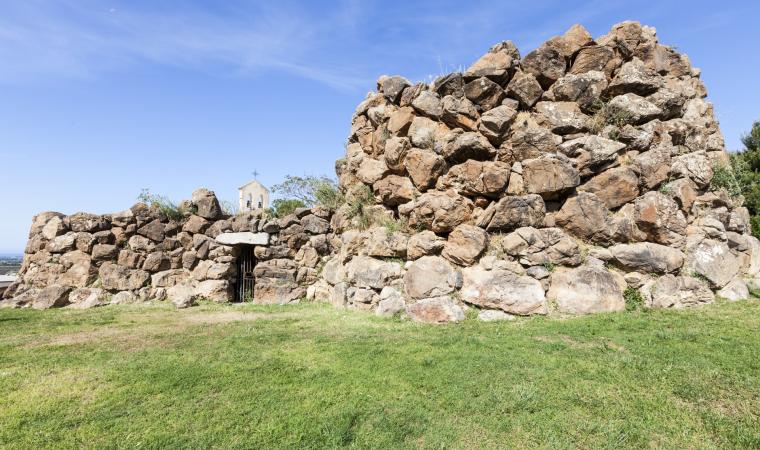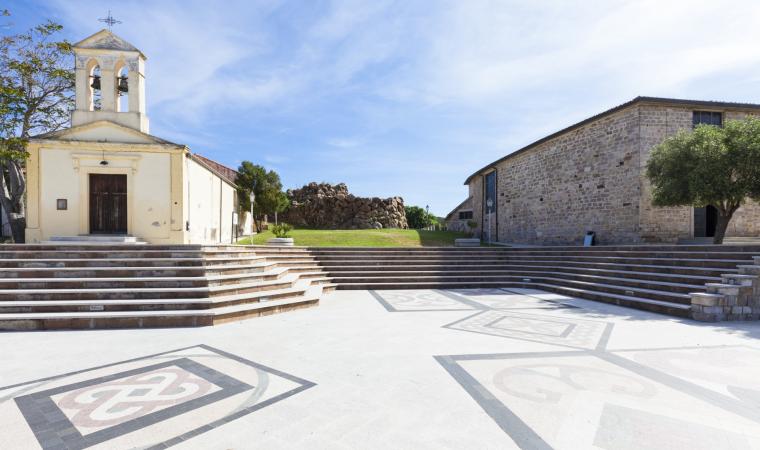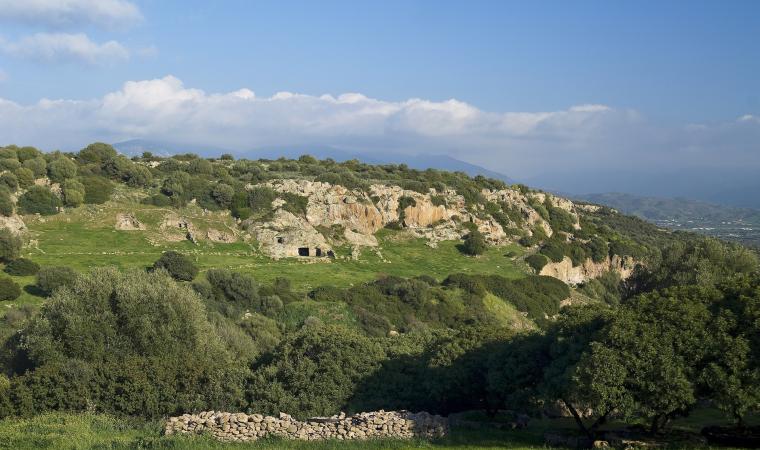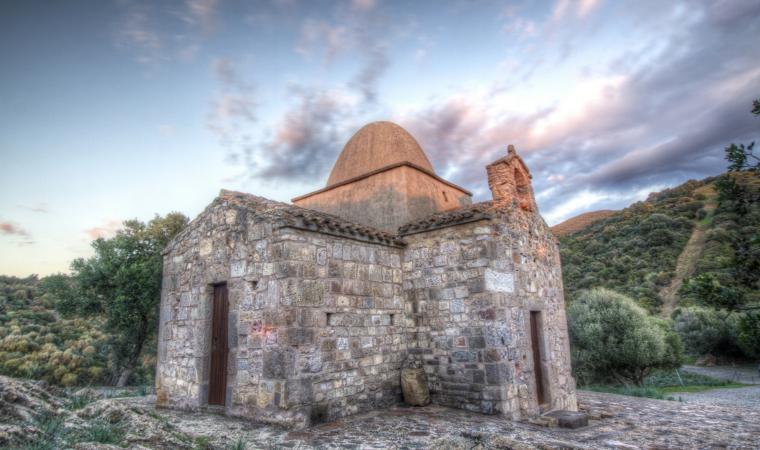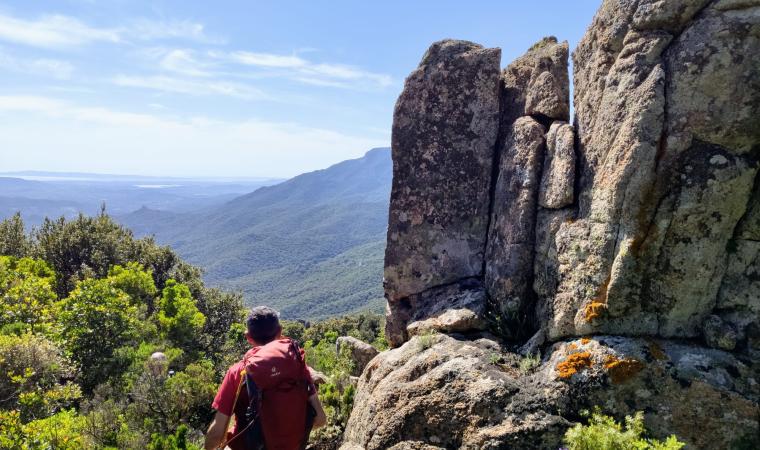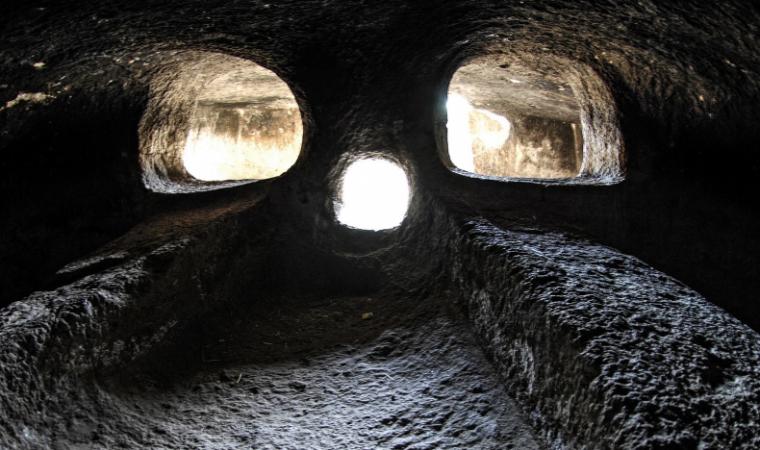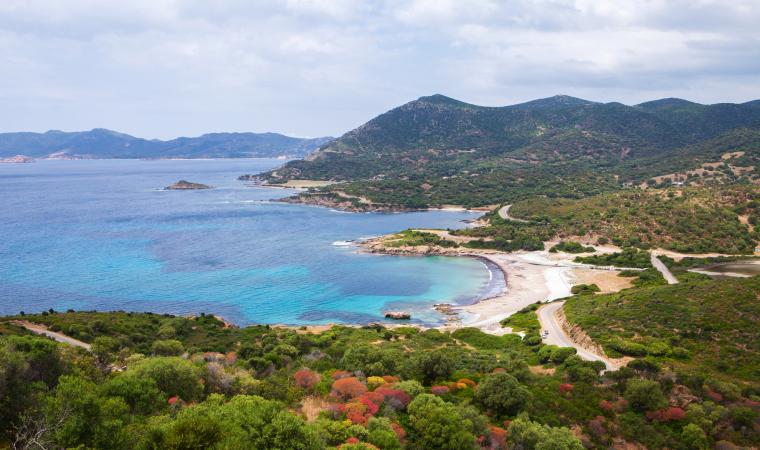In a magical environment, made of rock and fantasy, you become a child again. The grottoes of Is Zuddas, in the territory of Santadi, open up 236 metres below sea level in the cambrian limestone, dating back to 530 million years ago, of Monte Meana. They extend over a total of 1650 metres, while the visitable tourist itinerary is half a kilometre long. Each of the rooms stands out for its size and the variety of concretions covering cavities and walls: from stalactites, stalagmites, flows and tubular formations to aragonites, symbol of the caves, the formation of which is still a mystery and is the object of research.
Just past the entrance, look up at the ceiling, where you will see the tracks of the Prolagus sardus, a now-extinct rodent that existed only in Sardinia and Corsica. The Organ room is one of the most evocative rooms. Its name derives from a column of stalactites and stalagmites, resembling a pipe organ, embellished by formations of various shapes. After a short tunnel, the impressive Theatre room opens up before you and is a prelude to the Eccentrics room, adorned with aragonites, unique thread-like formations unlike any others in the world, which have developed in all directions without being influenced by gravity, often taking on bizarre shapes. Next to these are the acicular aragonites: large tufts of crystals similar to needles, known as 'cave flowers'.
A visit during the Christmas season is even more exciting: in the Organ room, you will be able to admire a charming nativity scene, enriched by trachyte sculptures created by the sculptor Giovanni Salidu. Nearby, there are other evocative caves: Pirosu, inside which a Nuragic sanctuary was found, and those of the Campanaccio (Cowbell) and the Capra (Goat).

